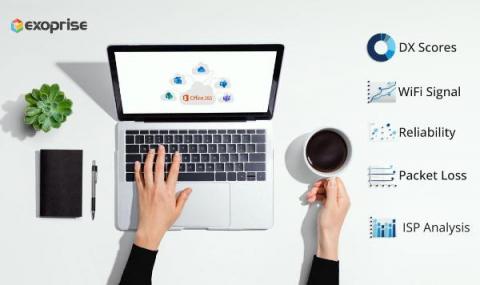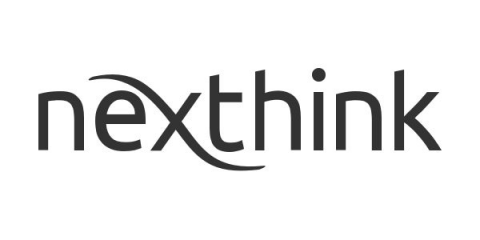Operations | Monitoring | ITSM | DevOps | Cloud
Latest Posts
Make Your Hybrid Work Model Successful with Digital Experience Monitoring
According to a new study, the hybrid work model reduces attrition by a third. As the pandemic shifted work to remote, with some companies going fully remote work for over two years, many organizations are looking to continue to allow hybrid work environments. In 2022, more than 90% of midsize companies plan to implement a hybrid work structure. One of our customers practices this model and is always interested to know what new features can enhance the digital experience of their distributed workforce.
6 Ways You Can Upgrade Your Business Even If You're Fully Remote
3 Ways to Lower Backup Costs for Remote and Hybrid Workers
With the surge of remote workers and a need for increased flexibility, the traditional workplace is a thing of the past. According to Slack’s Future-Forum Pulse Report, the percentage of people working in hybrid and remote arrangements has increased to 58% in the United States. This means that organizations will need to adapt to a hybrid model to maximize employee productivity while supporting collaboration in and out of the office.
The Proactive IT Manager for Digital Experience Monitoring
As remote working culture becomes more prevalent, technology is now at the core of many business operations, and digital experience monitoring (DEM) has never been more important. In today's business, IT must help increase employee productivity and drive business growth rather than just solve problems at the support desk. Many companies have not yet fully implemented their digital experience strategy. As a result, many problems related to different devices, network conditions, and service providers are still plaguing the industry and ruining the employee experience.
What is Remote Work?
Remote work has seen a resurgence due to the pandemic, and hybrid work is here to stay. It’s excellent news for knowledge workers, but what does it mean for support teams? Employees working from their home, vacation property, or a coffee shop create a different environment for technology teams, who need to support and ensure the applications and infrastructure are working well end-to-end.
ServiceNow deepens commitment to hybrid work with new wayfinding technology
Companies shifting to permanent hybrid work environments are up against major challenges, including additional investment in new physical experiences for employees. This is complex and expensive. It involves bringing together systems, technology, and teams that have historically been siloed. But with every challenge comes an incredible opportunity to make work better.
The Success of Hybrid Work Hinges on Technology
We’ve been talking about it for more than a year now, but the last few months have only affirmed the fact: hybrid work is here to stay. The myriad research that’s been conducted so far proves that not only do employees want the flexibility of hybrid work, but also that hybrid work has a huge potential to drive better business results.
Enabling Hybrid Work with Cloud Desktops
The Return to the Office: Major Companies Investing in Flexible Workplaces
For much of the past two years, businesses have been looking ahead to an eventual return to the office – a return that has been frequently delayed and disrupted by the unpredictable nature of the COVID-19 pandemic. But with some employees resistant to returning, companies are looking for new options to entice employees back. It may not be a return to the office at all, but instead a movement towards an entirely new way of working together.










